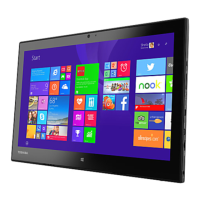
Do you have a question about the Toshiba PORTEGE WT20-B Series and is the answer not in the manual?
| Bluetooth | Bluetooth 4.0 |
|---|---|
| RAM | 4GB |
| Storage | 128GB SSD |
| Graphics | Intel HD Graphics |
| Wireless | 802.11a/b/g/n |
| Camera | 2MP Front Camera, 5MP Rear Camera |
| Ports | Headphone/microphone combo jack |
Disclaimer regarding use of the device in critical applications where failure could lead to injury or death.
Discusses the health aspects of Wireless LAN technology and radio frequency radiation.
Declaration of product conformance with relevant European standards and directives.
Information regarding the Waste from Electrical and Electronic Equipment directive.
Provides information on donating or recycling functional and non-working devices.
Explains additional icons used for technical notes, hints, and definitions in the manual.
Lists the available documentation provided with the device, including the User's Guide.
Details Toshiba's service programs, limited warranty, and extended warranty options.
Guidance on choosing suitable environments for using the portable device.
Identifies key components on the front of the device, including screen, microphones, and sensors.
Details the Web Camera functionality and its operational status indicator.
Describes the Windows button, speakers, and components on the back and left sides.
Details the ports for audio, data transfer, and external display connections.
Explains the battery and power indicator lights on the device.
Describes the power button, volume control, and reset button functionalities.
Covers power button functions and initial device setup steps, including bottom components.
Details the emergency pen, DC-IN port, and pen button functionality.
Guidance for initial device power-on and exploration of its features.
Instructions for the first-time startup screen and operating system installation.
Explains the benefits and methods for registering your Toshiba device online.
Step-by-step instructions on how to properly shut down the device.
Step-by-step instructions on how to restart the device.
Instructions for putting the device into Sleep mode to conserve power.
Enables the creation of media for system recovery and data restoration.
Details the process of restoring the system using previously created recovery media.
Recovers Windows to an earlier state while preserving user data and apps.
Removes all personal files and apps, returning the system to factory defaults.
Guides on connecting to HDMI-compatible televisions or external display devices.
Covers selecting video cables, connecting HDMI devices, and directing display output.
Tips for optimizing picture quality from external displays via video settings.
Instructions on adjusting various device settings to suit user requirements.
Provides tips on cleaning the device and handling it carefully.
Offers essential computing advice, including saving work frequently and using auto-save.
Details how to use finger gestures for interacting with the device screen.
Instructions on how to access and adjust mouse settings for the device.
Guides on how to start applications from the Start screen or the Desktop.
Emphasizes the importance of saving work before shutting down or in case of power loss.
Details methods for backing up files to external media or using Windows backup tools.
Explains the device's low-power modes and features for enhanced energy efficiency.
Guidance on using the device on battery power and its Lithium-Ion battery.
Instructions and precautions for charging the device's rechargeable battery.
How to check the battery's remaining capacity and power status.
Actions to take when the battery charge is low, including saving work and shutting down.
Guidance on choosing predefined or custom power plans for optimal battery life.
Tips for maintaining battery health and longevity.
Tips for maintaining battery health and accuracy of the battery meter.
Safety precautions and regulations for disposing of the device and its battery.
Overview of the Start screen functions and Windows charms.
Identifies key elements of the Windows desktop like icons, taskbar, and notification area.
Explains the function of the taskbar and how to switch between applications.
Describes different types of system notifications available to the user.
Information on accessing and downloading applications from the Windows Store.
Step-by-step guide for setting up a wireless network connection.
Guides on using the device for audio input and output.
Details the use and insertion/removal of microSD cards.
Monitors power savings and usage of the eco power plan.
Manages device passwords, including supervisor and user password settings.
Details the utility for logging onto the computer using facial recognition.
Configuration tool for managing various system settings.
Enables activation of functions via specific keys, often with an external keyboard.
Enables the creation of recovery media for system restoration.
Allows reinstallation of device drivers and bundled applications.
Monitors device system functions like power consumption and cooling, providing alerts.
Allows adjustment of display settings such as text size, color, and resolution.
A camera application with special features for image capture and text recognition.
Addresses common issues like programs or applications stopping responding.
How to use startup options to troubleshoot and fix operating system issues.
Explains boot options for troubleshooting, including Safe Mode and low-resolution video.
Guide on how to use Windows online Help and Support for troubleshooting.
How to view properties of devices, including driver information.
Troubleshooting common display issues like blank screens or incorrect output.
Procedure for running Error-checking to analyze and repair storage drive damage.
Explains how to create and use restore points for system configuration backup.
A list of various Toshiba websites for product information and support.
Contact information for Toshiba offices in different regions globally.
List of acronyms used throughout the user guide with their definitions.
Definitions of technical terms and concepts relevant to the device and its operation.
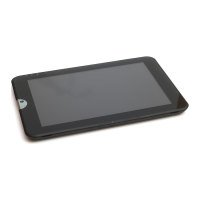
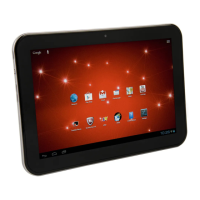
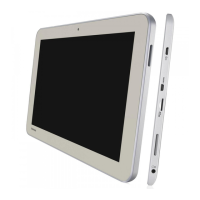
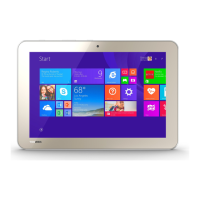
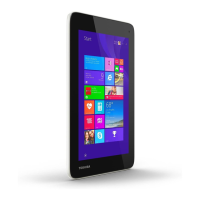

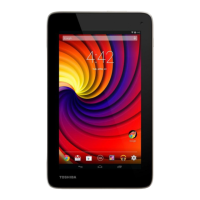

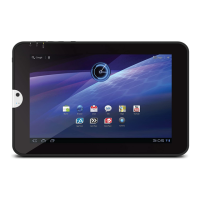
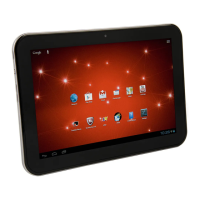
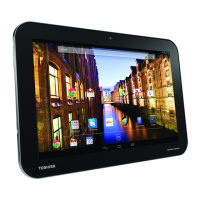
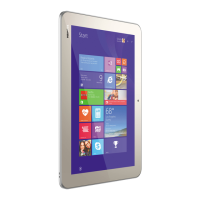
